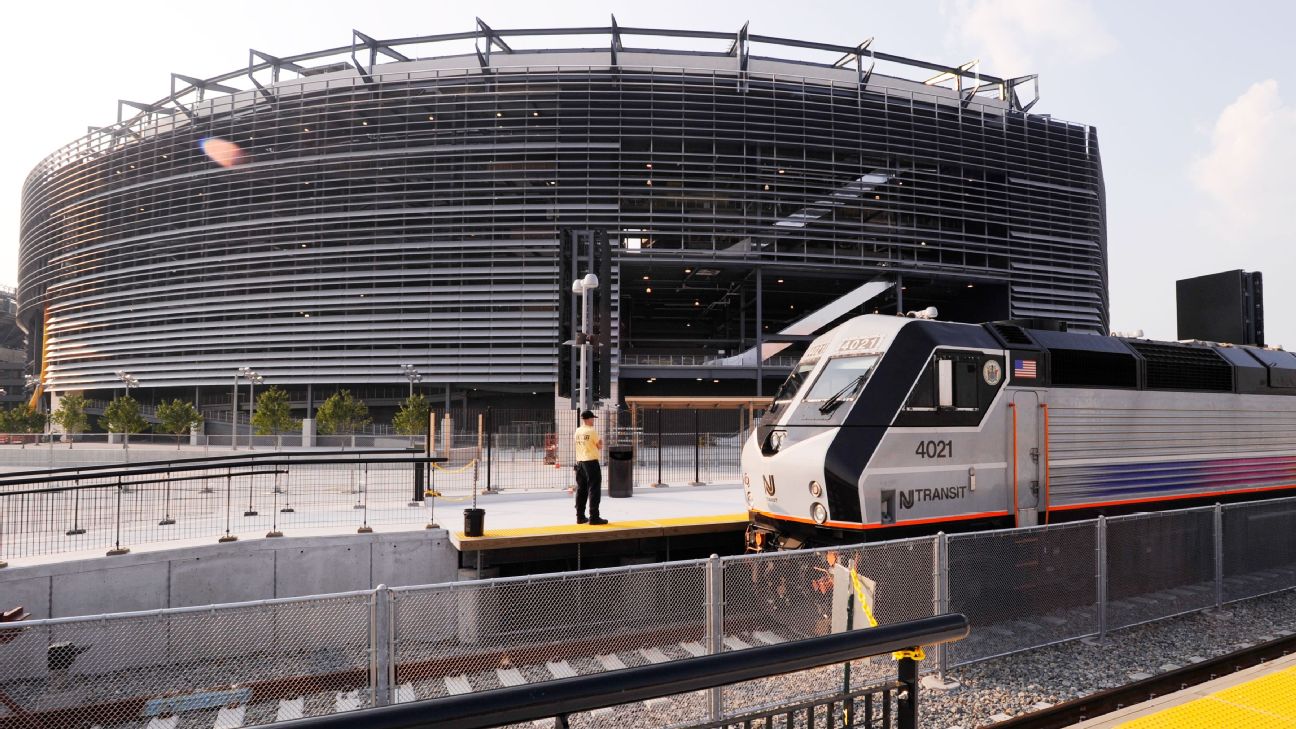Will Amtrak's Northeast Corridor Handle the 2026 FIFA World Cup Surge?
As the 2026 FIFA World Cup approaches, concerns rise over Amtrak's ability to handle the surge in passengers along the busy Northeast Corridor.

The Challenge Ahead
As early plans for the 2026 FIFA World Cup come together, the three host areas in the Northeast—Boston, New York/New Jersey, and Philadelphia—are pitching themselves as a unified destination for visitors. A key part of this strategy is the ease of travel along the Northeast Corridor via Amtrak. However, experts warn that the national rail system, already plagued by breakdowns and inconsistent service, may struggle to cope with the influx of millions of additional passengers during the tournament.
Current Rail Conditions
The Northeast Corridor, a 457-mile stretch from Boston to Washington, D.C., is the busiest rail system in the United States. It handles approximately 2,200 daily trains carrying around 750,000 passengers. Despite its importance, the corridor has faced numerous challenges, including overcrowding, slow trains, and significant delays. The infrastructure, which includes 17 tunnels and 1,186 bridges, some over a century old, is under immense strain.
Amtrak's Response
Amtrak acknowledges these challenges. In its 2024 company profile report, the company noted an increase in demand but a decrease in reliability, with nearly 10% of trains being late, canceled, or terminated. Recent service disruptions, such as those caused by equipment failures and signal power issues, have further highlighted the system's vulnerabilities.
Preparing for the World Cup
FIFA estimates that 6.5 million people will attend the World Cup across the United States, Mexico, and Canada. In the U.S., three Northeastern stadiums will host 21 games over five weeks, including the final in New Jersey on July 19. Amtrak has stated that it will leverage its experience from managing large events like the Super Bowl to handle the expected surge in passengers.
Long-Term Implications
The United States' failure to modernize its rail system could have broader implications beyond the World Cup. With major events like the 2028 Summer Olympics and the Rugby World Cups on the horizon, the need for a reliable and efficient rail network is more pressing than ever. Despite recent investments, many critical infrastructure projects will not be completed in time for the World Cup.
Conclusion
As the 2026 FIFA World Cup approaches, the spotlight is on Amtrak and its ability to handle the unprecedented demand. While the company is making efforts to improve service, the challenges are significant. The success of the tournament, and the experience of millions of visitors, may well depend on the reliability of the Northeast Corridor's rail system.















